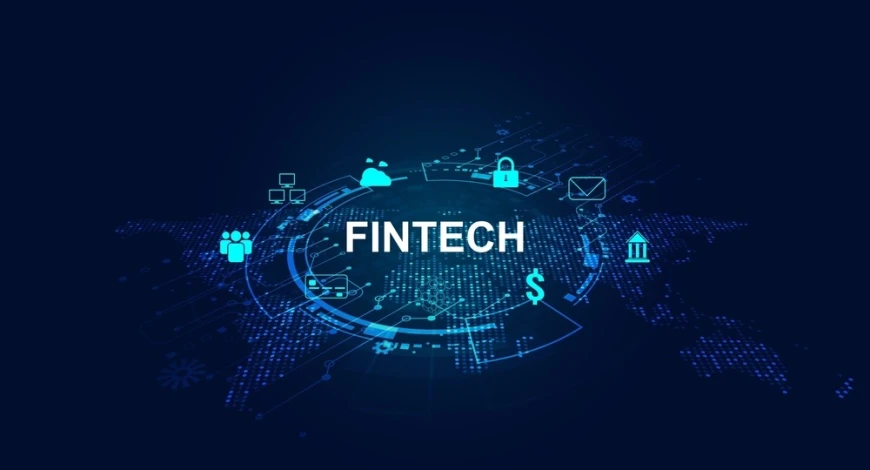Achieve Digital Goals with Enterprise Software Consulting
Achieve digital goals with enterprise software consulting empowers organizations to align strategy with technology, boost product and process efficiency, and build scalable architectures for sustainable growth. This article lays out an end-to-end consulting framework—from discovery and agile delivery to devops, from cloud transformation to data governance and cybersecurity—including checklists and KPIs.
1) Strategic discovery: From business goals to tech roadmap
Strategic discovery clarifies the “why.” With market positioning, competitive analysis, and segmentation, you define OKRs and map initiatives to software. Consultants use stakeholder interviews, process mapping, and value stream mapping (VSM) to surface priorities.
Key deliverables
- Target architecture vision (to-be diagrams, integrations)
- Value/effort matrix and a prioritized portfolio
- 12–18-month roadmap with milestones and measurable KPIs
2) Enterprise architecture: Modularity and scale
Enterprise architecture drives innovation speed and total cost of ownership. Principles like domain-driven design (DDD), microservices, event-driven integrations, and an API-first posture reduce technical debt and enable independent scaling.
Architecture principles
- Loosely coupled services with strong contracts (bounded contexts)
- Versioned APIs, idempotency, and contract testing
- Cloud-native components with container orchestration
3) Product management: ROI-driven backlog
Consultants establish product discovery and hypothesis-driven development. A validated roadmap via dual-track reduces decision risk and anchors investments in customer outcomes.
Practical frameworks
- Lean Canvas and opportunity/solution trees
- Impact scoring, RICE and ICE prioritization
- Experiment design, A/B testing, and a north-star metric
4) Agile delivery & DevOps: From idea to market
When Scrum/Kanban meet CI/CD, time-to-market shrinks and the value stream accelerates. Consulting focuses on improving DORA metrics: deployment frequency, lead time, MTTR, and change failure rate.
Implementation steps
- Measured agile rituals (planning, retros, dailies)
- Interoperable pipelines: test automation, security scans, blue/green deploys
- Observability: centralized logs, metrics, and alerting
5) Cloud transformation & cost optimization
A sound cloud strategy boosts flexibility with the right cost model. FinOps plus autoscaling manage capacity; multi-AZ/region designs improve reliability.
Cloud best practices
- Immutable infra via infrastructure as code
- Backups, disaster recovery, and SLA/SLOs
- Cost visibility: tagging, budgets, reserved/spot strategies
6) Data architecture, analytics, and governance
Data-driven decisions require reliable pipelines and a consistent semantic layer. A modern data stack supports ETL/ELT, data quality checks, and a data catalog.
Core components
- Master data and reference data management
- Real-time streams, event sourcing, and stream processing
- Self-service BI, metric catalogs, and access policies
7) Security & compliance: Zero trust
Zero Trust with IAM, encryption, WAF, secret management, and SBOM-based supply chain security runs in step with regulations like GDPR/KVKK.
Checklist
- MFA, least privilege, segregated environments
- DAST on running apps, SAST on code, SCA on libraries
- Incident response runbooks, drills, and post-mortems
8) Integration strategy & the API economy
The API economy securely connects internal and external systems, enabling frictionless operations and new revenue. API gateways, rate limits, versioning, and observability are foundational.
API success factors
- Explicit contracts with OpenAPI
- Developer portals, sandboxes, and client samples
- Business models: usage-based, bundles, partner deals
9) Change management & capability building
Enterprise transformation is as much culture as tech. Consultants set up governance, competency matrices, and continuous learning (academies, coaching).
People & process
- Clear roles and decision principles
- Learning paths in architecture, security, cloud, and data
- Performance frameworks emphasizing value impact
10) Industry verticals: Tailored solutions
From finance to retail, manufacturing to logistics, each vertical has unique regulation and process needs. Templates accelerate outcomes.
Sample focuses
- Finance: PCI DSS, real-time fraud prevention
- Retail: omnichannel, inventory and price optimization
- Manufacturing: IIoT, predictive maintenance, MES integration
11) Success metrics & ROI
Success is proven with transparent, repeatable metrics. Balance ROI, TCO, and environmental impact.
Measurable indicators
- Time-to-market, deployment frequency, change success
- Value per session, conversion rate, churn
- Infra cost/revenue ratio, capacity efficiency
12) A 90-day kickoff plan
Quick wins build trust and momentum while reducing risk.
90-day – summary
- Days 0–30: Discovery, architecture vision, security scan
- Days 31–60: Pilot slice, CI/CD, baseline metrics
- Days 61–90: Production hardening, FinOps, data visibility
13) Patterns & lessons learned
Success clusters around clear scope, incremental scaling, and user-centric validation. Biggest risks are ambiguous requirements, hidden dependencies, and neglected change management.
Pitfalls to avoid
- Big-bang cutovers
- Undocumented integrations and unmanaged API keys
- Goal ambiguity and unclear ownership
Enterprise software consulting fuses strategy and technology into durable competitive edge. With coherent architecture, data-driven decisions, and secure delivery practices, your organization moves measurably toward its digital goals.
-
 Gürkan Türkaslan
Gürkan Türkaslan
- 7 October 2025, 13:03:56
 English
English



